10 things to look out for on your next mirrorless camera
Need the latest mirrorless tech?
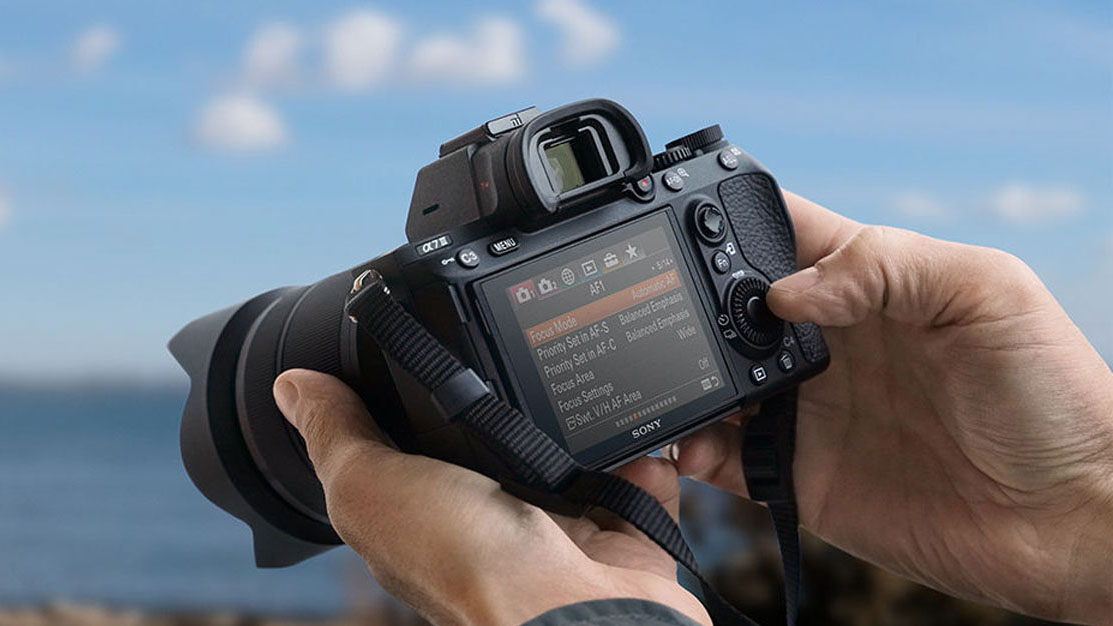
While DSLRs are still being released, and continue to be popular with enthusiasts and professionals worldwide, these days things are rather more interesting in the mirrorless camera camp.
With Canon, Nikon and Panasonic joining the likes of Sony by launching full-frame mirrorless cameras, and plenty of excellent options from Fujifilm, Olympus and others, mirrorless cameras are not only showing off the latest tech first, they're also welcoming some very tasty new lenses.
So what should you look for in your next mirrorless camera? We've picked out 10 features that make today's camera's sparkle. While we're not suggesting you only buy a camera that only offers all 10, these are the things to look out for if you want to make sure you're getting the best and most up-to-date technology that will help you capture what you want as effortlessly as possible.
1. High-resolution viewfinder

For quite some time, electronic viewfinders were derided by serious photographers. Typically only found in compact cameras, they were tunnel-like, grainy and lacked color accuracy, and were far removed from the glorious optical finders that DSLRs were blessed with.
But as mirrorless cameras started to gain prominence, manufacturers worked on making them bigger, fitting them with higher-resolution panels, and boosting their refresh rate. And today their images are more lifelike than ever.
Right now, the very best electronic viewfinders are the 5.76 million-dot examples found on the Panasonic S1 and S1R cameras, but the 3.69 million-dot units on the likes of the Fujifilm X-T3, Canon EOS R and Nikon Z6 are also stellar. Don't settle for anything less than 2.36 million dots; aim for 3.69 million, and a magnification of around 0.76x or higher.
2. Sensor-based image stabilization
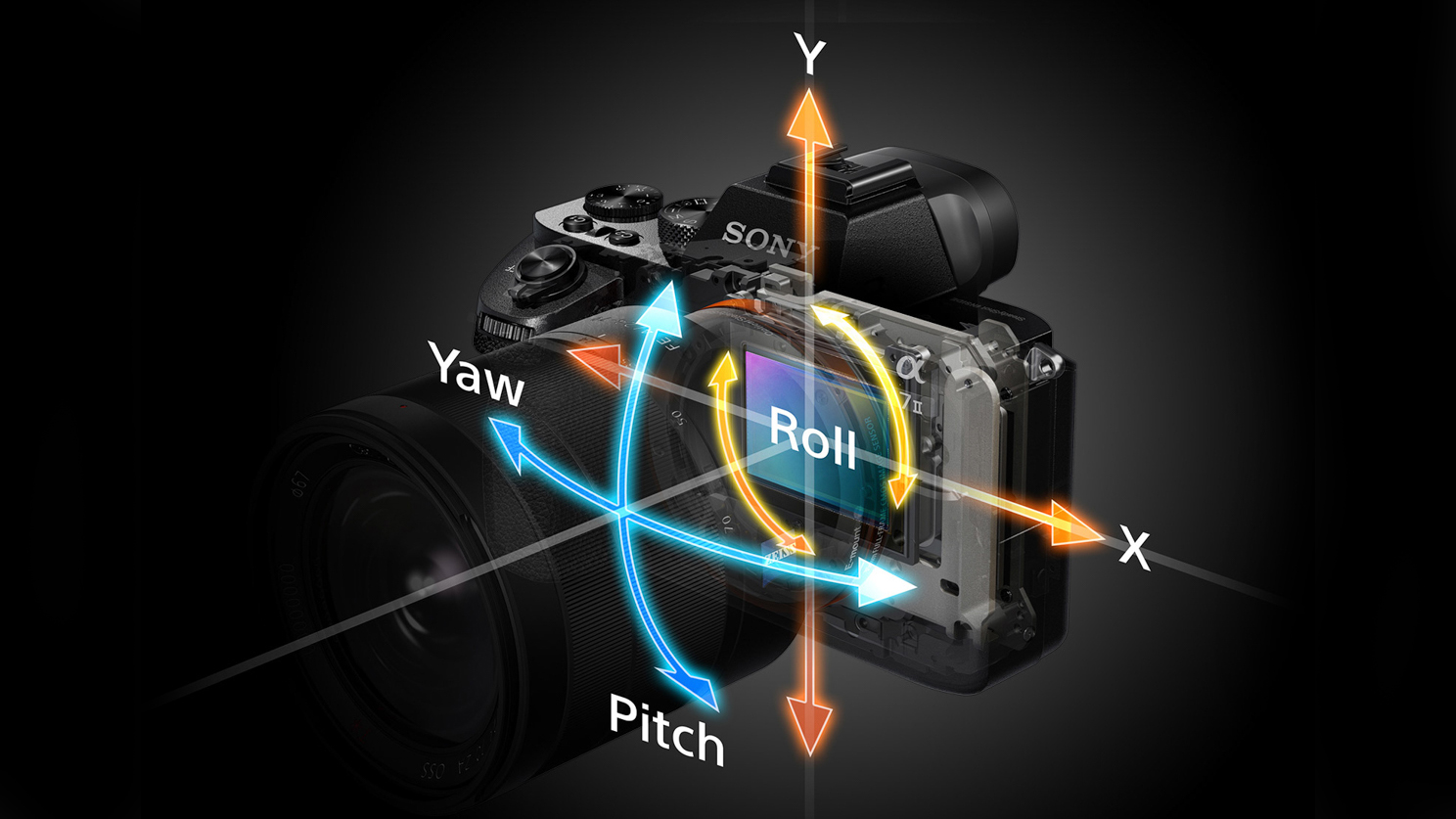
Image stabilization is found inside both mirrorless cameras and compatible lenses, and both systems are effective. But sensor-based stabilization is arguably preferable, for a handful of reasons.
Get daily insight, inspiration and deals in your inbox
Sign up for breaking news, reviews, opinion, top tech deals, and more.
First, you benefit from the stabilization whether the lens you're using has stabilization built into it or not. This means you don't have to worry about buying a lens with this included (although if you do, on some cameras the two systems will work together, potentially for better correction).
Second, many manufacturers' mirrorless lens ranges are still developing, so there's a chance that the lenses you may want to by won't all have stabilization built in. But if you've got it in-camera, you needn't worry about having it in the lens.
This also allows you to use older, slightly more exotic lenses, which may have been released before image stabilization was even available on such products, via adapters and still benefit from this correction.
3. Two memory card slots

The convention for a long time has been for cameras to be fitted with just a single card slot, and that works just fine. So why would you need two?
First, with two card slots on board you can carry on shooting once one memory card fills up. This also gives you the added convenience of being able to leave the first card where it is, rather than needing to remove it and store it safely.
Alternatively, most cameras now allow you to record the same data to both cards at the same time, so if one memory cards fails or gets corrupted, all your images and videos are safe – ask any wedding photographer whether they think that's useful or not.
You can also typically adjust the setup to your specific way of shooting, so that one card records raw files and the other records JPEGs, for example, or so that stills are sent to one card and videos to the other.
4. Hybrid autofocus

Hybrid AF systems bring together two focusing technologies: contrast-detect AF and phase-detect AF. This best-of-both-worlds approach allows systems to benefit from the accuracy of the first with the speed of the second, and cameras that have both often perform better across a broader range of shooting scenarios.
Hybrid AF systems do better at keeping track of moving subjects, for example, so they're particularly useful for sports and other action-based photography. They're also great for video recording, as they can fluidly move focus from one subject to another, something contrast-detect AF systems alone struggle with.
5. Top-plate display
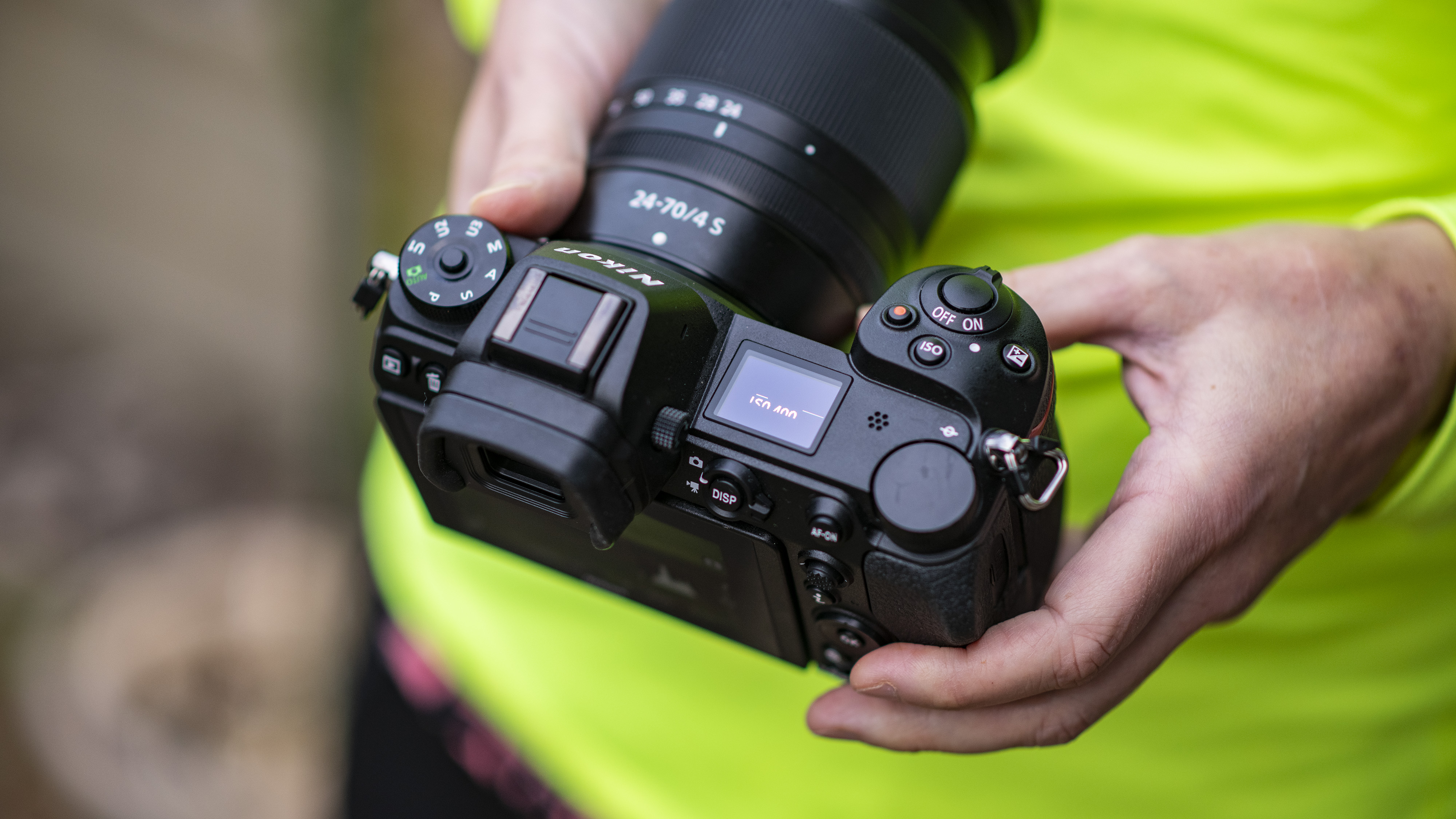
Top plate displays are one of those features that are often reserved for mid-range and high-end mirrorless models, and while they're not essential they can be incredibly useful.
They give you a quick snapshot of camera and shooting settings, without you having to look at the LCD or through the viewfinder. They can also be illuminated, so you can continue to view them in darker conditions.
Current models with top-plate LCDs include Canon's EOS R, Fujifilm's X-H1, Nikon's Z6 and Z7, and Panasonic's S1 and S1R.
6. Vari-angle and tri-axis tilting screens

The LCD screens on most of today's cameras can be physically adjusted away from the body in one of three ways.
The first method, which is used by the Nikon Z6 and Sony A7 III, allows you to pull the screen towards you, and tilt it up and down. This is great for shooting from the ground or up high, but it's the least flexible option available, and such screens can't be adjusted to face forwards.
The second system has the screen mounted via a small hinge to the side of the camera, a design currently in use on the Olympus OM-D E-M1 Mark II and the Canon EOS R. This allows for the broadest movements, including a full 180-degree spin to face forwards, and it also means you can protect the display when the camera isn't in use by folding it to face the camera body.
The third method is a relatively new one. The screen tilts up and down as in the first example, but you can also pull it sideways. This design, seen on the Fujifilm X-T3 and Panasonic S1, makes it easy to use the camera in portrait orientation when shooting down low or up high.
Which type of screen you go for depends on how and what you shoot. Some photographers prefer the first system, but others may require a broader range of movements, such as for videography, selfies or groups shots, and when shooting from more unorthodox angles.
7. Eye detection
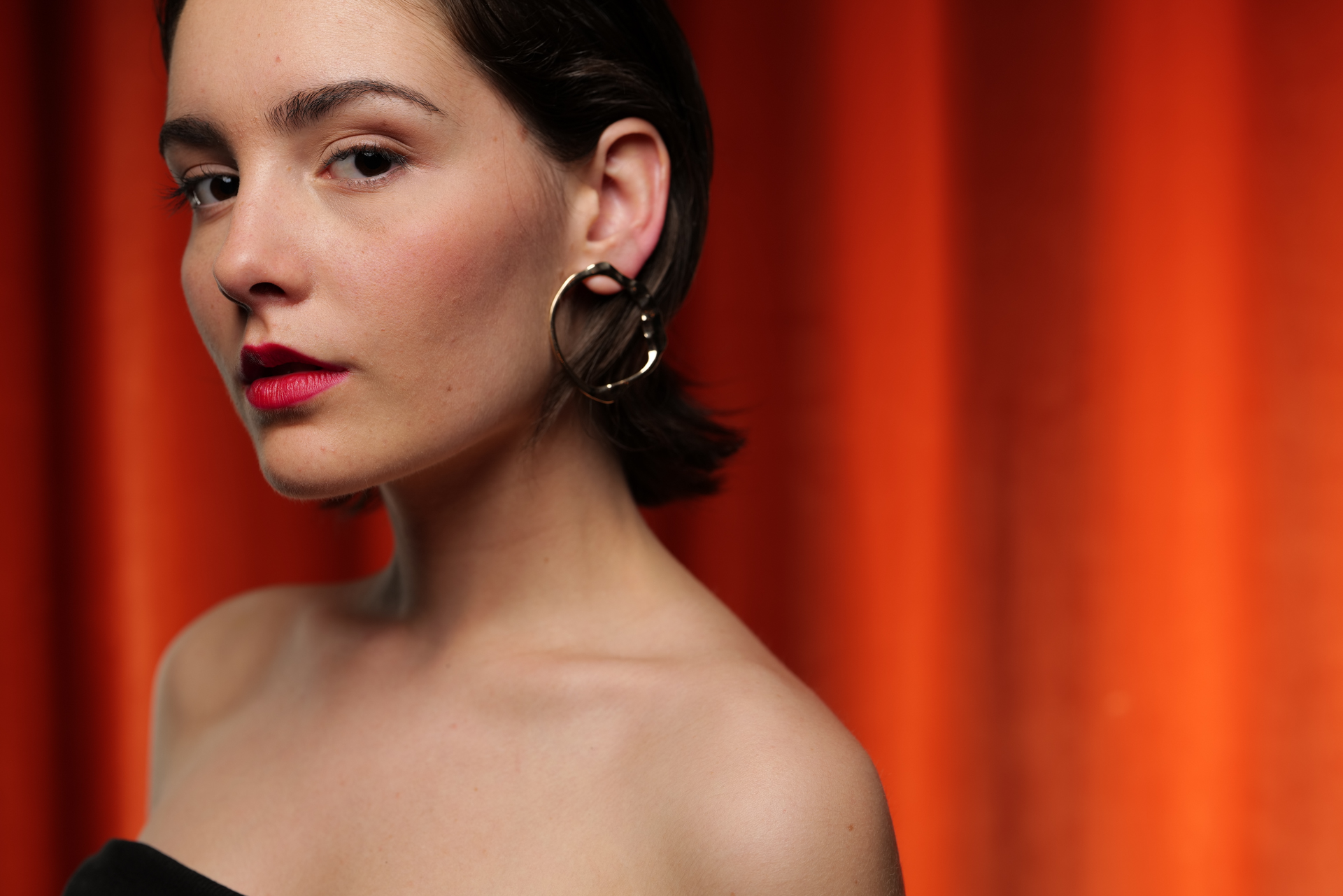
Face detection is now an established part of the modern camera's feature set, and the tech works well on most cameras. But in recent years, manufacturers have made great efforts to improve their AF systems still further by adding eye detection.
Right now, the best systems can detect eyes and continue to track them as the subject moves, and some can even work with animals – great if you like to photograph your pets. This enables you to ensure that eyes are sharp and focused, without you having to make the effort to place a small focusing point precisely over that area; all you need to do is make sure the feature is enabled, and you'll be able to see it working in real time.
8. Silent shutter

Mechanical shutters, the kind that have long been used inside DSLRs, are also found in mirrorless cameras, and these can be a little noisy in use – particularly when you're capturing rapid bursts of images.
Fortunately, electronic 'silent' shutters, which enable you to carry on taking images discreetly when you need to, are now an option on many mirrorless cameras. These are ideal when photographing inside a place of worship or a museum, or during any kind of formal or business event, or when trying to grab a shot of your little one sleeping.
Some mirrorless cameras don't offer this, though, and others may do but only on a particular scene mode, which is restrictive. If you feel like this might be useful for your specific photography, make sure to look up whether a camera you're thinking of buying offers this.
9. Weather resistance
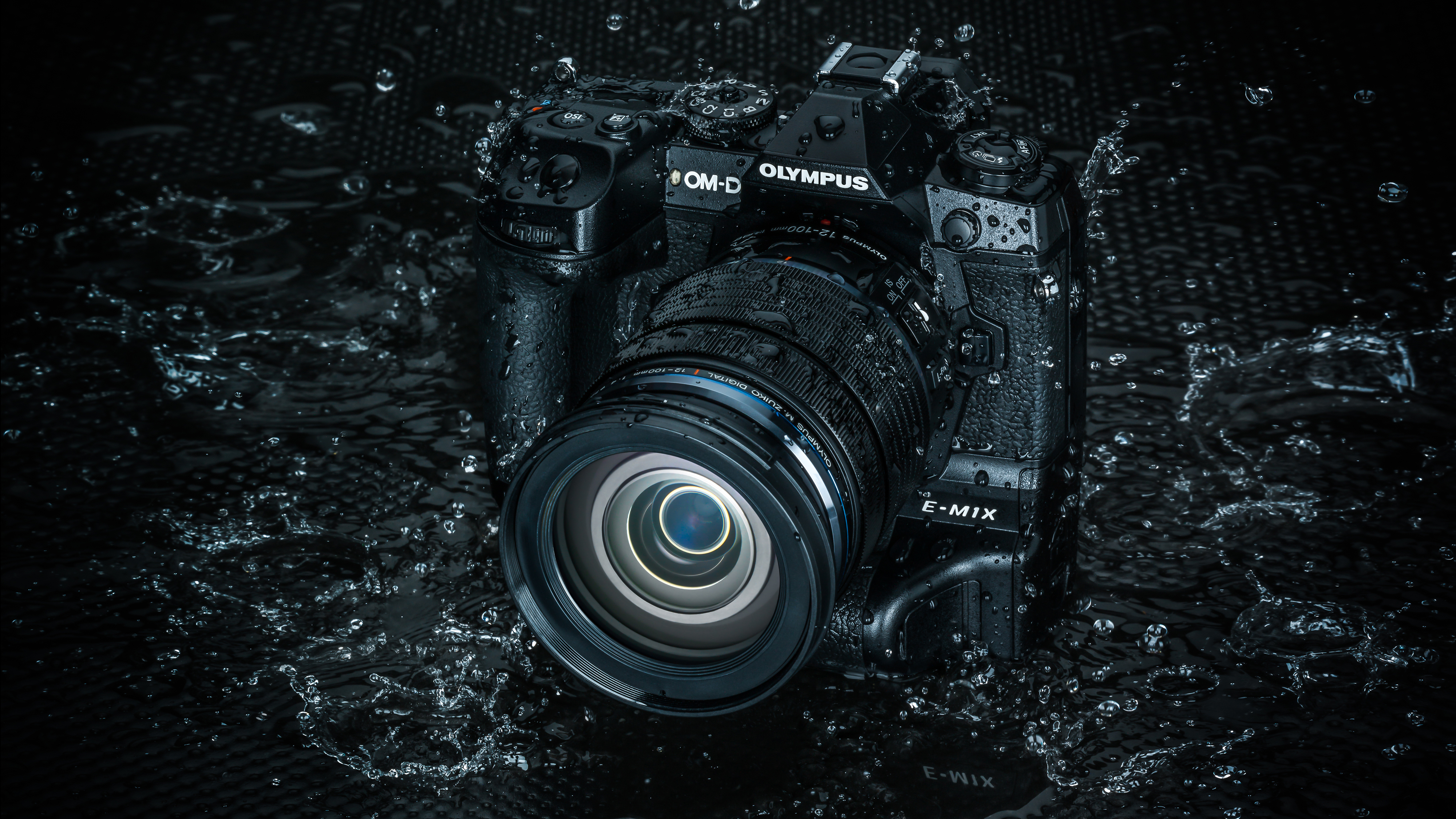
Whether you only tend to shoot in bad weather on occasion, or your focus is landscapes, nature or anything else that requires you to be outdoors for prolonged periods of time, knowing your camera can resist the rain, cold and dust is vital if it's to stay protected.
Fortunately many of today's mirrorless cameras, from Nikon's Z6 and Canon's EOS R through to Panasonic S1, Sony's A7R III and Fujifilm X-T3, boast some sort of protection. While you can't exactly take these for a swim, more often than not they'll be protected well enough to ensure that droplets or splashes of water can't get inside, and they'll typically be guarded against dust and freezing temperatures too.
One tip: make sure the lens you're using offers the same level of protection as your camera.
10. High-resolution mode
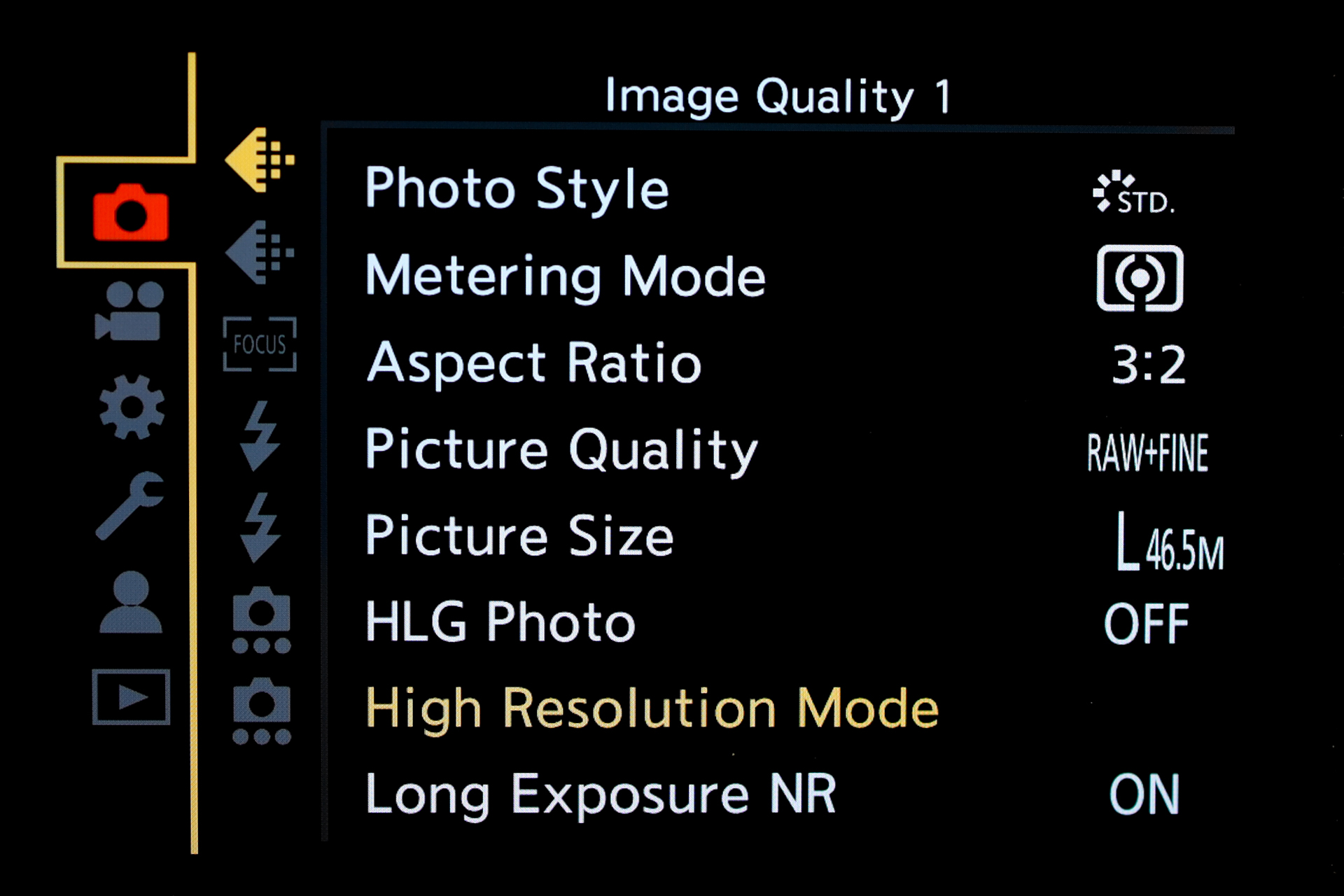
The sensors inside mirrorless cameras today range from 12MP through to around 47MP, and even higher when medium format cameras are taken into account. That's more than sufficient for most people, but some cameras deliver a neat little trick that lets them output images at 80MP or 96MP, or even 187MP.
These high-resolution modes work by capturing lots of images at once and then blending them together. You'll have to use a tripod in order to do this, but the results can be very impressive.
Of course, few of us are in the habit of printing images the size of a lorry, so this feature is far from a necessity; however, it does allow you to capture more detail that you otherwise would be able to for slower and more considered photography such as landscapes, which can make enlarging or extreme cropping far easier.